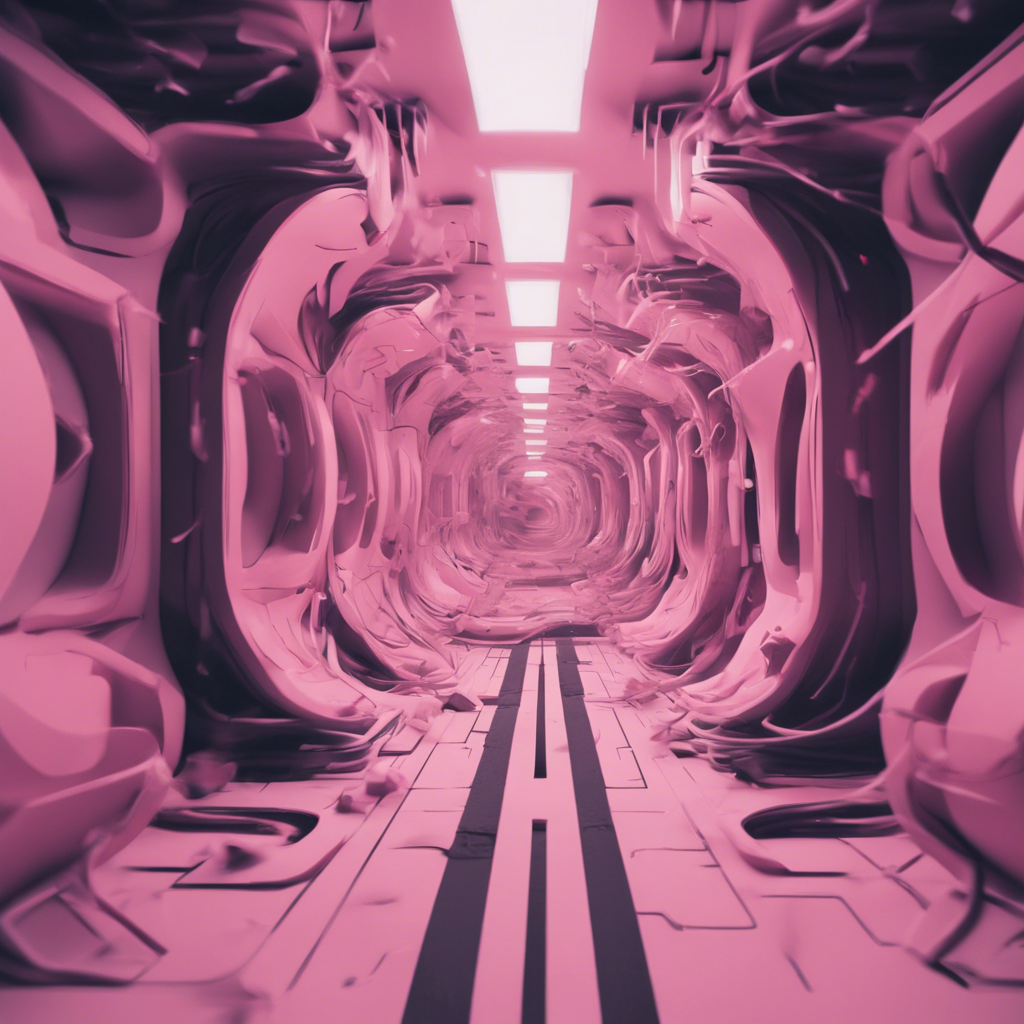Is motion design a VFX?
Is Motion Design a VFX? A Comparative Exploration
Introduction
In the dynamic world of digital media, two exciting fields often intersect: motion design and visual effects (VFX). While both share some common ground, they diverge significantly in their focus and application. In this article, we'll delve into the definitions, importance, and distinctions between motion design and VFX.
Definitions
Motion Graphics
Motion graphics refers to animated graphic design. It involves adding movement and visual interest to videos through carefully crafted designs. Common applications of motion graphics include:
- Title Sequences: Creating captivating opening credits for films, TV shows, or videos.
- Lower Third Graphics: Overlaying text or information on-screen during interviews or presentations.
- Informational Art Cards: Displaying data, facts, or key points in an engaging way.
Motion graphics artists use tools like Adobe After Effects and Cinema 4D to bring their designs to life. Their work enhances creativity, engages audiences, and adds flair to visual content.
Visual Effects (VFX)
Visual effects (VFX) involve manipulating live-action footage to create realistic or fantastical images. VFX artists combine existing footage with computer-generated imagery (CGI) to seamlessly integrate elements into scenes. Common applications of VFX include:
- Sky Replacements: Changing the sky in a shot to fit the desired mood or setting.
- Logo Removal: Erasing logos or unwanted elements from footage.
- Environmental Effects: Adding effects like snow, fire, smoke, or lightning to enhance realism.
VFX professionals rely on software such as Autodesk Maya and Adobe After Effects to achieve their goals. Their work enhances the overall look of a scene, transports viewers to new worlds, and creates visual magic.
Importance in Various Industries
Both motion design and VFX play crucial roles across different creative industries:
- Film and Television: In movies and TV shows, motion graphics create memorable title sequences, while VFX bring imaginary worlds to life.
- Advertising: Motion graphics grab attention in commercials, and VFX enhance product shots or create eye-catching effects.
- Video Games: Both fields contribute to immersive gaming experiences, from animated HUDs (heads-up displays) to epic battle sequences.
Collaboration and Career Paths
Collaborations between motion graphics designers and VFX artists can yield visually stunning results. Imagine a film title sequence seamlessly transitioning into a breathtaking VFX scene—the possibilities are endless!
Aspiring professionals can pursue various career paths:
- VFX Artist: Specializing in creating realistic or fantastical effects.
- Motion Designer: Focusing on animated graphic design and storytelling.
- Compositing Artist: Merging visual elements seamlessly.
- Animator: Breathing life into characters and objects.
- Art Director: Overseeing the visual direction of a project.
Conclusion
In summary, motion design and VFX are distinct yet complementary disciplines. Motion graphics add style and engagement, while VFX transport us to extraordinary realms. Whether you're drawn to creating captivating titles or conjuring magical effects, both fields offer exciting opportunities for creative expression.
Remember, the magic happens when motion design and VFX collaborate, turning imagination into reality! 🌟
Sources:
- Visual Effects Vs Motion Graphics: What Sets Them Apart
- Visual Effects (VFX) vs Motion Graphics – HubSpot Blog
- What Is Motion Design & How To Implement It On TV?
- Motion Graphics And VFX: What's The Difference? – Creative Island Studio [^1^] [^2^]
Discover more from EMD
Subscribe to get the latest posts to your email.
